Animals, like humans, exhibit a fascinating range of social structures that enable them to thrive in their environments. These structures, developed across millions of years of evolution, showcase intricate systems of communication, cooperation, and survival tactics. Join us on a journey through some of the most remarkable social systems in the animal kingdom, from minute ant colonies to majestic elephant herds.
Ant Colonies: Tiny Marvels of Organization
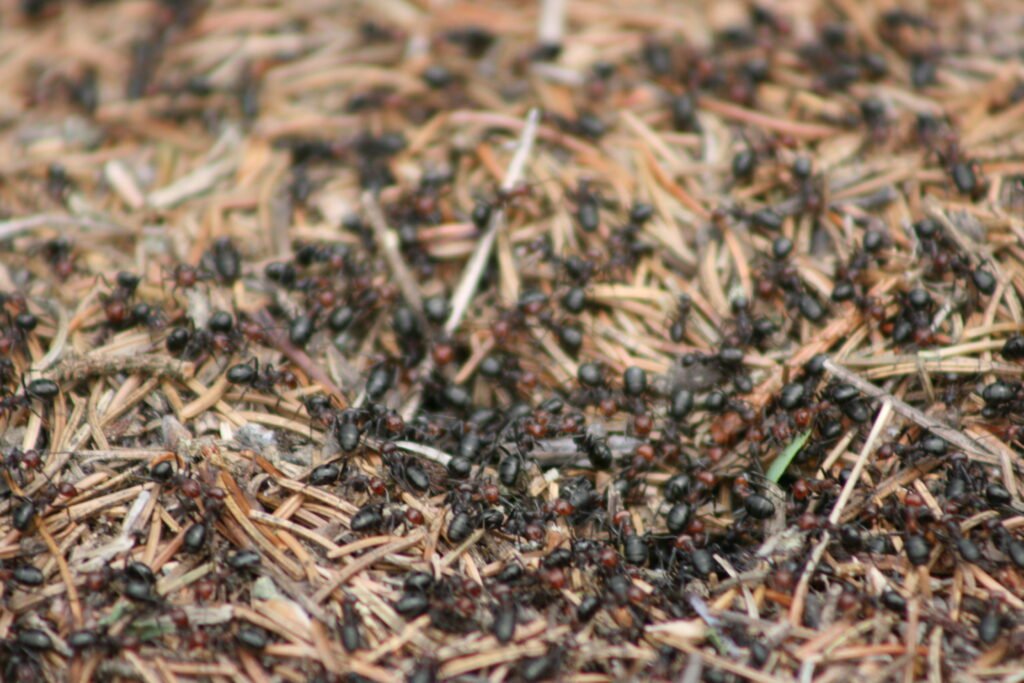
Ant colonies are intricate societies where every member plays a specific role, ensuring the survival of the colony. Within these communities, you’ll find queens, workers, and soldiers. The queen’s primary duty is reproduction, while the worker ants maintain and protect the nest, forage for food, and care for the young. This highly efficient division of labor allows ant colonies to manage complex tasks, enabling them to thrive in diverse environments.
Bee Hives: A Buzzing Network of Cooperation

Similar to ants, bees live in highly organized colonies where roles are clearly defined. Worker bees collect nectar and pollen, while drone bees’ main function is to mate with the queen. The queen is responsible for laying eggs and ensuring the continuity of the hive. This sense of structure and division of labor ensures that a hive operates smoothly and efficiently, allowing bees to produce honey and sustain their population.
Wolf Packs: Masters of Teamwork

Wolves are known for their cooperative hunting techniques and tight-knit family groups, characterized as packs. Within a pack, there is an alpha male and female who lead the group, aided by subordinate members who help with hunting and caring for pups. This organized social structure allows wolves to take down large prey and ensures the protection and education of their young, thereby maintaining the strength and survival of the pack.
Dolphin Pods: Intelligent and Playful Communities

Dolphins exhibit one of the most complex social structures in the aquatic world. Living in groups called pods, these intelligent marine mammals communicate using a range of sounds and signals. Dolphins are known for their playful nature, often seen engaging in acrobatics and games. Their strong social bonds and cooperative behavior in hunting and protection reflect their advanced cognitive abilities and emotional intelligence.
Elephant Herds: Family at the Forefront

Elephants are renowned for their impressive memory and emotional depth, qualities that enhance their complex social structures. Elephant herds are matriarchal, usually led by the oldest female. This social system fosters close familial ties and communal care of calves, with all members of the herd participating in the upbringing of the young. Such a cohesive unit ensures resource sharing and protection against predators.
Meerkat Clans: Collaborative Survival
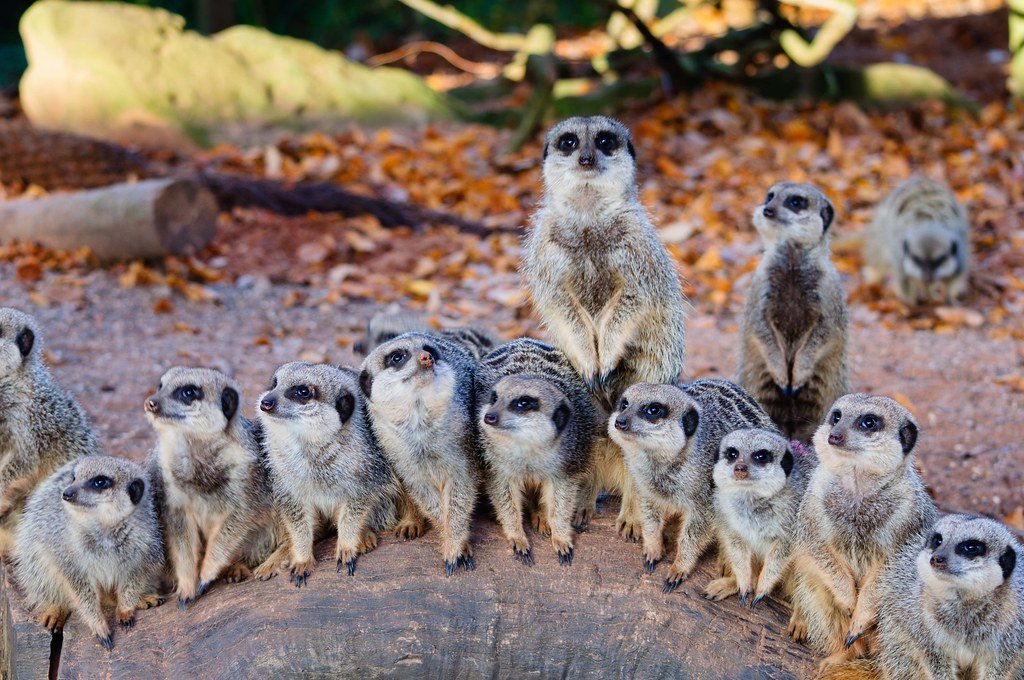
Meerkats are small mammals with a big commitment to family life. Living in groups called clans or mobs, they showcase incredible teamwork and cooperation. Each member takes on responsibilities, such as babysitting the young or standing guard against predators while others forage. This tight-knit social structure is key to their survival in the harsh African desert.
Chimpanzee Troops: Social Complexities of Our Closest Relatives
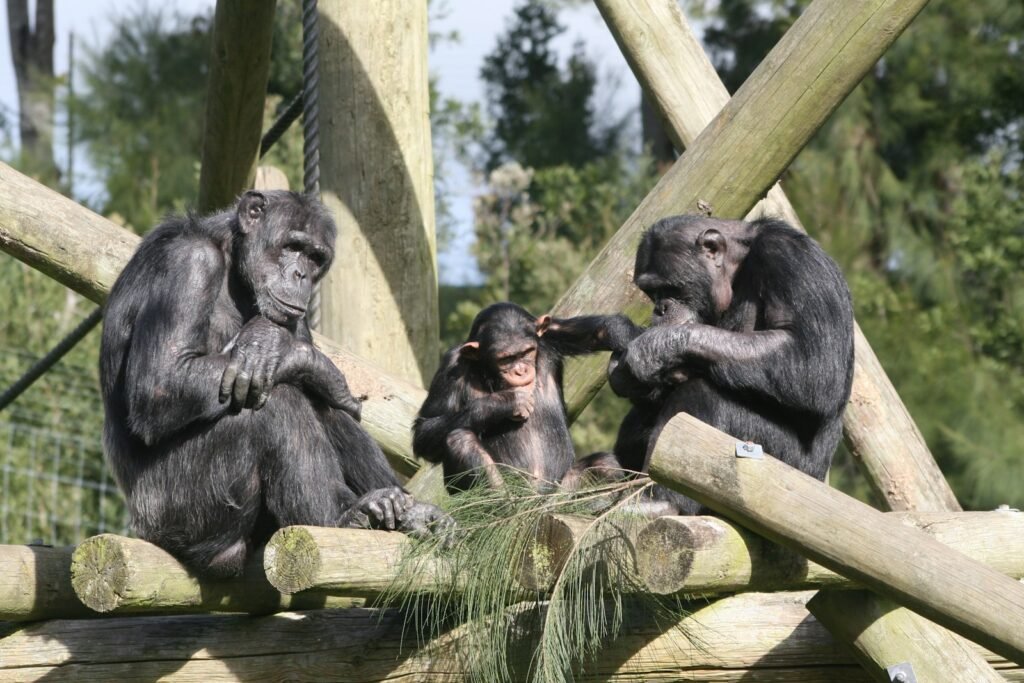
Chimpanzees, our closest genetic relatives, form communities where social interactions are intricate and hierarchical. Social bonds are maintained through grooming, and the power dynamics within the troop can be fluid, influenced by alliances and conflicts. These complex relationships help chimpanzees access resources and protect the group, echoing some of the social behaviors seen in human society.
Lion Prides: The Power of the Pack

Lion prides are social units typically composed of related females, their offspring, and a small number of adult males. Female lions often take on the role of hunters, working cooperatively to take down prey, while males are responsible for defending the pride’s territory. This cooperative structure ensures the pride’s dominance in their habitat, showcasing the strength that lies in unity.
Penguin Colonies: Hardy Harbingers of Warmth

Penguin colonies, especially those of Emperor Penguins, demonstrate the vital importance of cooperation and warmth. They engage in communal huddling to conserve heat and protect their chicks from the harsh Antarctic climate. This behavior exemplifies the collective effort to ensure the survival of each member, highlighting a beautiful example of unity and endurance in the animal world.
Buffalo Herds: Safety in Numbers
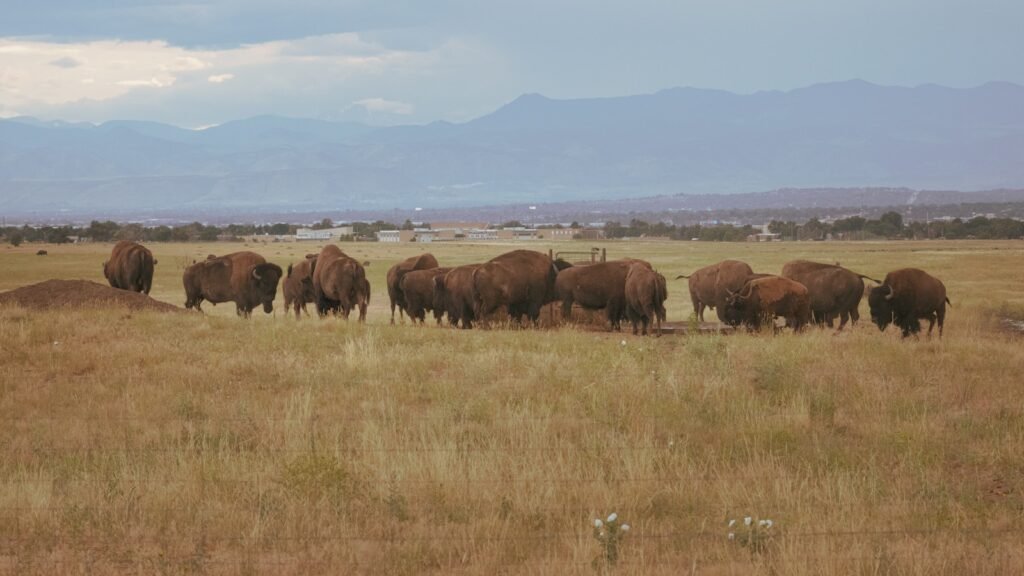
Buffalo maintain large herds that offer protection against predators through sheer numbers. The herd operates like a community, with members taking turns to scout and defend against potential threats. This cooperation not only enhances individual survival chances but also ensures the well-being of the entire group, making the herd a formidable force in the wild.
Prairie Dog Towns: Underground Society
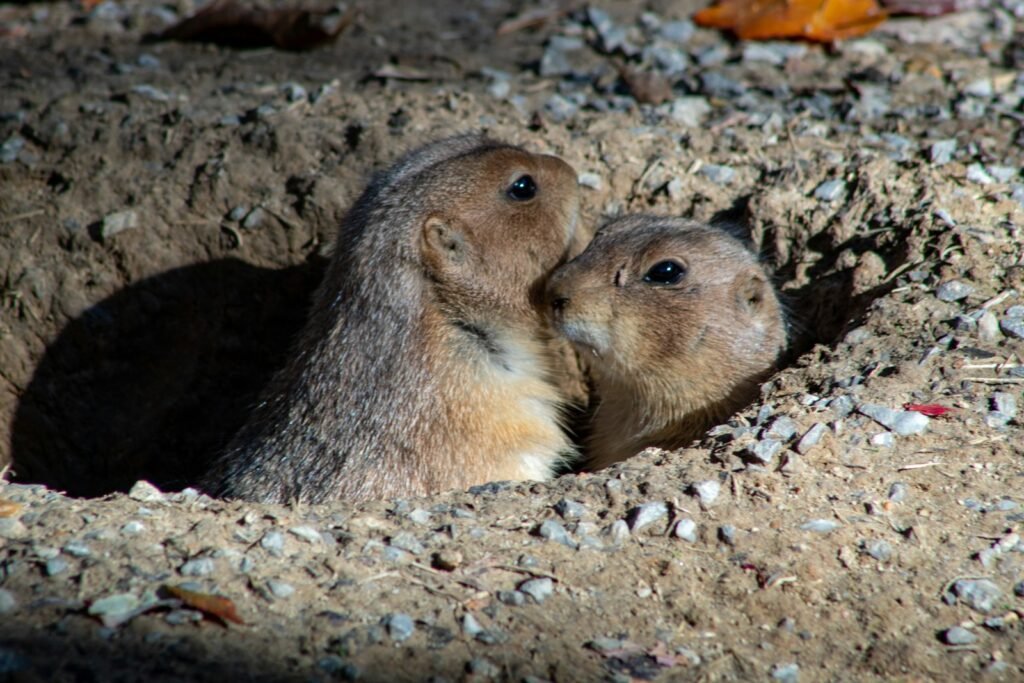
Prairie dogs are known for their complex burrow systems and social structures. They live in towns that include elaborate networks of tunnels and chambers. Communication is key, with these animals using a range of vocalizations to alert each other to danger. Their social structure supports shared vigilance, grooming, and interaction, creating a tightly-knit community beneath the earth’s surface.
Killer Whale Pods: Ocean’s Organized Predators

Killer whales, or orcas, are the ocean’s apex predators and live in family groups called pods. These pods are matriarchal, led by elder females, and collaborate in hunting and caring for the young. Their remarkable hunting techniques and communication abilities highlight their sophisticated social structure, enabling them to adapt and thrive in diverse marine environments.
Bonobo Communities: The Peaceful Primate
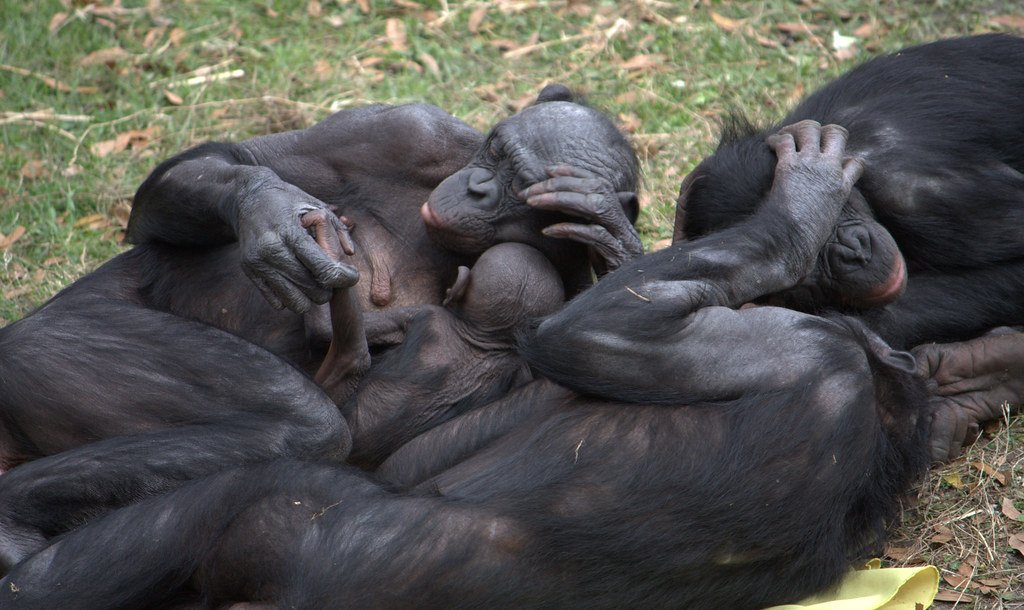
Bonobos, known for their peaceful and egalitarian societies, live in groups where social bonds and sexual behaviors play a crucial role in tension reduction and alliance formation. Female bonobos often hold high social status, and group dynamics emphasize cooperation and conflict avoidance, providing an intriguing contrast to the more aggressive social structures seen in other primates.
Cetacean Migration: Navigators of the Deep

Many whale species, such as the humpback whale, are known for their impressive migratory behaviors, traveling thousands of miles across the oceans. These migrations are often social events, with whales traveling in groups that rely on complex communication sounds, like song, to maintain their cohesive unit. This communal effort ensures successful navigation across their migratory paths and enhances reproductive success.
Hyaena Clans: The Matriarch’s Rule
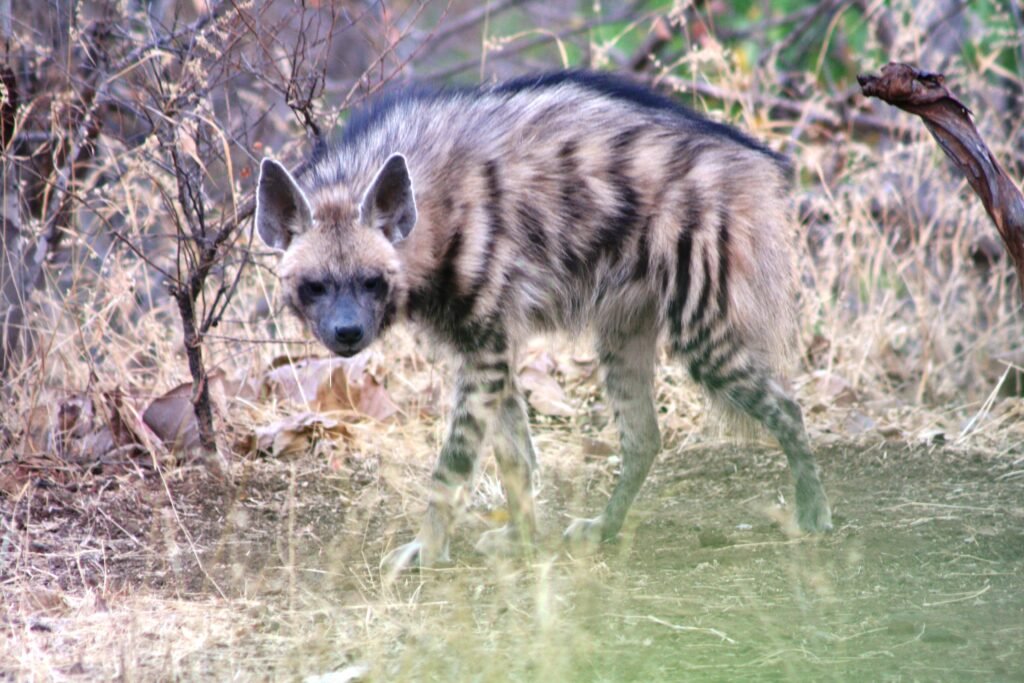
The hyaena’s social structure is unique, with females generally being larger and more dominant than males. Clans are governed by a female-led hierarchy, and extensive use of vocalizations helps maintain the social order. The strong bonds and cooperative hunting strategies within the clans make them highly efficient predators, capable of taking down larger prey than any individual could manage.
Bat Colonies: Masters of the Night
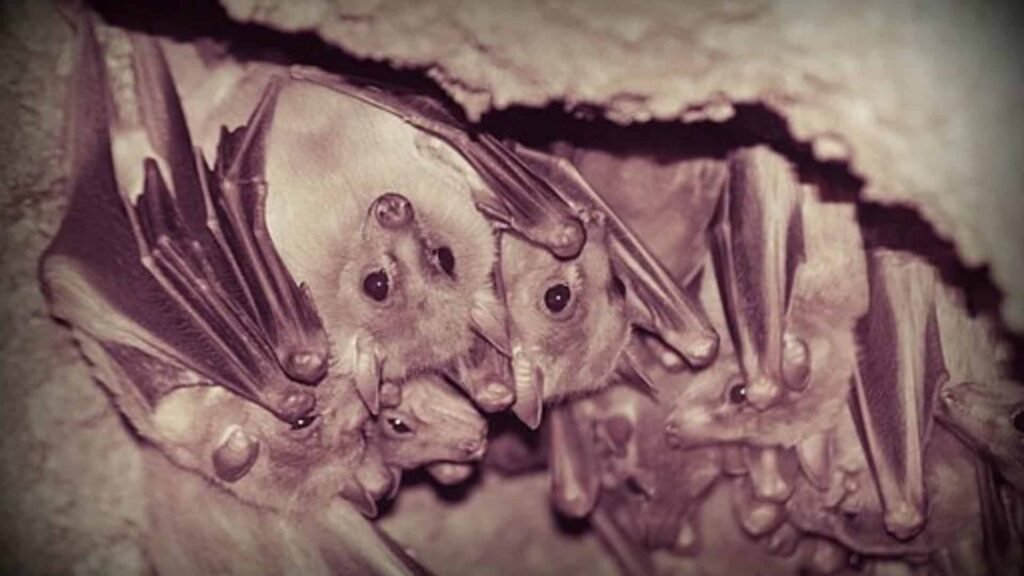
Bats are nocturnal creatures that form colonies for protection and warmth. These colonies can range from a few individuals to millions, as seen in some species. They rely on echolocation for navigation and communication, creating a complex auditory and social landscape. The communal roosting also helps them conserve energy and survive in varied environments.
Conclusion: A Tapestry of Life
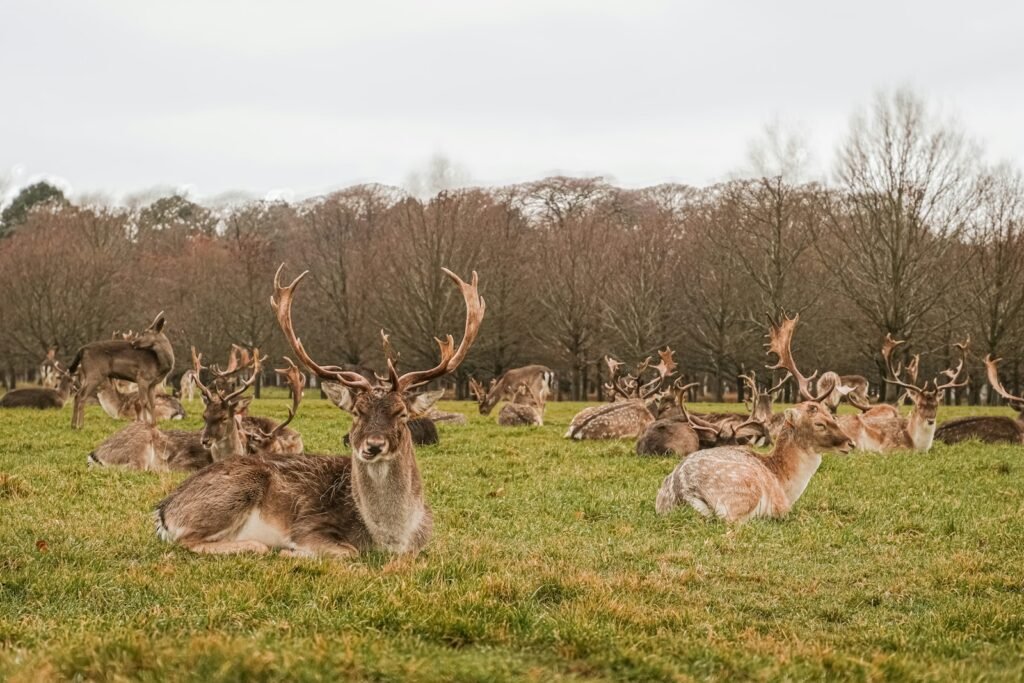
The social structures of animals are as varied and intricate as the animals themselves. From the subterranean networks of ants and prairie dogs to the regal hierarchy of elephant herds and lion prides, these structures exemplify the diverse strategies employed by nature to adapt and survive. By understanding these communities, we gain insights into the natural world and reflect on the profound interconnectedness that binds all living beings.




